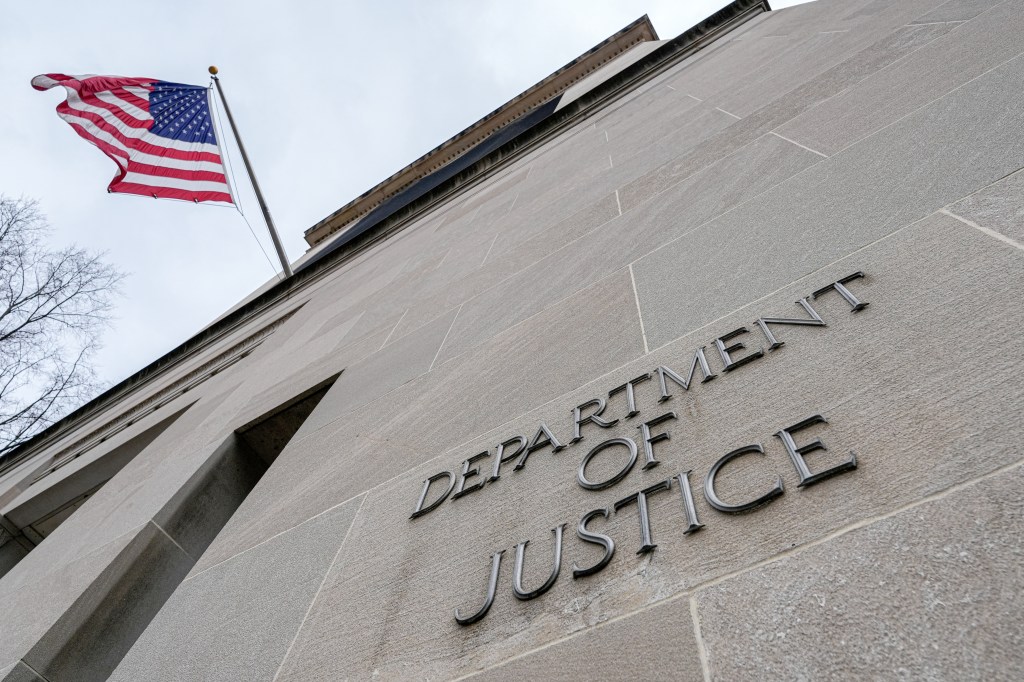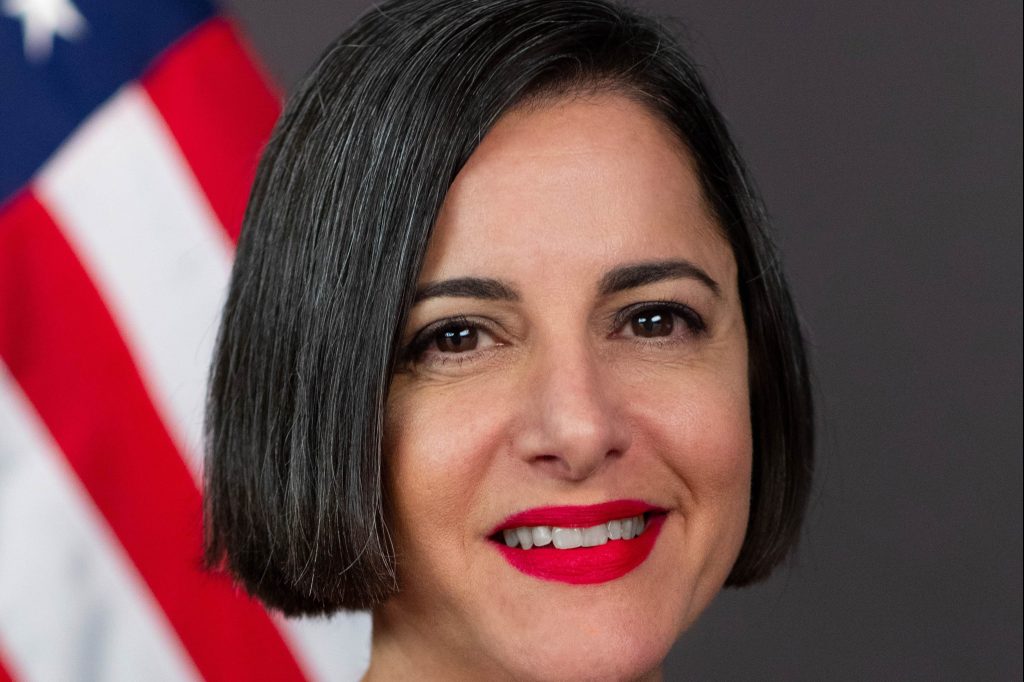Protecting investors from fraud and evaluating technology’s impact on broker and adviser standards of conduct are key objectives for the SEC’s Office of the Investor Advocate (OIA) in the 2025 fiscal year. Tech is identified as a major driver of increased fraud.
The OIA has just delivered its Report to Congress detailing its priorities for fiscal year 2025 and, said Cristina Martin Firvida, the SEC’s Investor Advocate: ““This report reaffirms our commitment to identify and address the unique challenges faced by retail investors, advocate for transparency, mitigate fraud schemes, and support the interests of all investors.”
The OIA is an independent office established by Congress to (among other things) assist retail investors in resolving problems with the Commission and SROs; identify areas where investors would benefit from changes in SEC and SRO rules and regulations; and analyze potential impact on investors of proposed regulations and rules of the SEC and SROs.
Priorities set out in the report are;
- Assisting investors victimized by fraud and monitoring the measurable surge in investment fraud schemes.
- Enhancing ombudsman services to resolve questions, complaints, and concerns about the SEC and self-regulatory organizations (SROs) subject to SEC oversight.
- Evaluating ways in which broker and adviser standards of conduct might be affected by technological changes in the market.
- Exploring means to increase transparency in and maintain investor access to the private markets.
- Encouraging innovative and effective disclosure through investor testing of existing and proposed disclosures, especially those associated with complex products and private markets.
- Increasing investor engagement and input on matters of significance to retail investors.
In her message in the report, Firvida said the OIA’s Office of the Ombudsman (Ombuds Office) has observed an increase in fraud complaints in the past six months, and the complaints are sufficiently troubling to make fraud the key theme of the report.
Social media and technology
A common element in these reports, including complaints to the Ombuds Office, is the role social media or advanced technology plays in facilitating fraud and how significantly it drives much of the fraud reported to the Ombuds Office.
“Over time, the proliferation of social media and internet forums has made market information more decentralized and less reliable. Market ‘information’ is now often tailored to targeted audiences and posted for the purpose of acquiring subscribers, or worse: manipulating investors with similar views to make misguided investment decisions as part of a scam,” said Stacy Puente, Ombuds, in her message in the report.
Between Fiscal Year 2022 and Fiscal Year 2023, the Ombuds Office saw a 17% increase in alleged securities fraud.
She quotes a recent INTERPOL Global Financial Fraud Assessment: “Within financial fraud, technology has emerged as the key enabling factor for criminal groups. The use of AI, large language models and cryptocurrencies can scale up certain types of financial fraud exponentially with low levels of investment.”
The report notes the Office’s concern about the heightened risks of investing in the private markets compared to investing in the public markets, particularly for retail investors. These risks may include reduced, incomplete or unreliable disclosure, illiquidity, and greater risk of fraud and/or investment loss, it says.
Between Fiscal Year 2022 and Fiscal Year 2023, the Ombuds Office saw a 17% increase in alleged securities fraud. Notably, this figure does not reflect the significant number of fraud allegations involving digital assets, which might not implicate the securities laws, but it also does not reflect the fact that some victims are defrauded more than once, sometimes as part of an ongoing scheme
Broker and adviser conduct
Since the implementation of Regulation Best Interest (Reg BI) in 2020, the OIA has monitored how the SEC and the Financial Industry Regulatory Authority (FINRA) use this regulatory tool to address violative conduct in the brokerage business and improve outcomes for retail customers.
“Although the specific application of Reg BI and the investment adviser fiduciary standard may differ in some respects and be triggered at different times, in the staff’s view, they generally yield substantially similar results in terms of the ultimate responsibilities that registered brokers and investment advisers owe to retail investors,” the report concludes.
The report notes that there are important policy questions to consider as more and more discount brokers facilitate retail investor trading through mobile devices and applications.
Although these technological developments have increased investor access and choice, they have also created new business models and the potential for more conflicts of interest.
The OIA continues to consider how these digital platforms fit within the Reg BI framework concerning investment recommendations; and to the extent that this new digital engagement does not implicate Reg BI, how other regulatory tools might help ensure that retail investors are the primary beneficiaries of this new technology.
As far as investment advisers providing investment advice to retail clients through digital engagement goes, the SEC has already made clear that it expects any such advice to be consistent with the adviser’s fiduciary duty.
And then there are the various other obligations imposed by rules adopted under the Advisers Act, including:
- disclosure requirements;
- reporting requirements;
- marketing requirements;
- compliance program obligations;
- supervision requirements;
- insider trading procedures; and
- recordkeeping requirements.
“We continue to scrutinize how advisers meet their existing fiduciary obligations in light of technological changes, and we continue to advocate for strengthened investor protection measures should new advisory practices threaten existing protections,” the report states.
The Securities Exchange Act of 1934 requires the SEC’s Office of the Investor Advocate to file two reports per year with two committees in Congress.
















